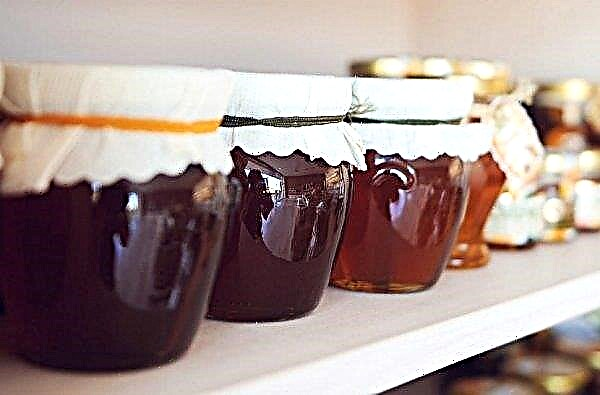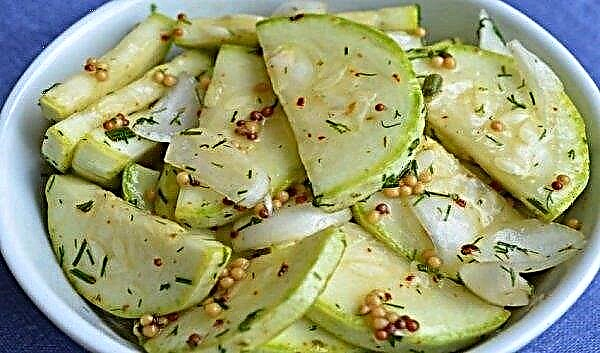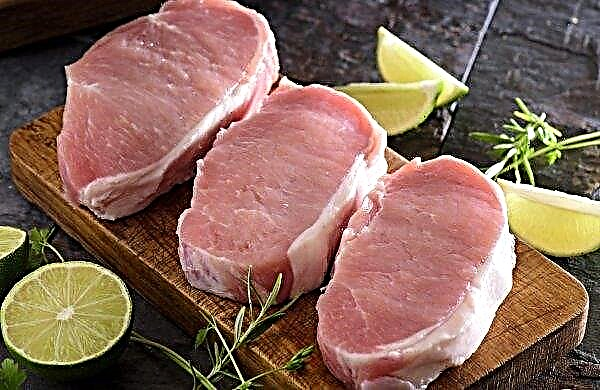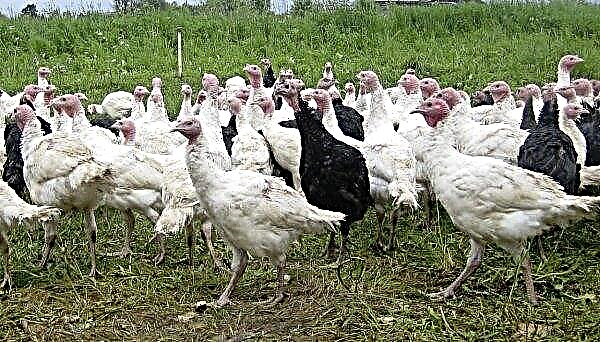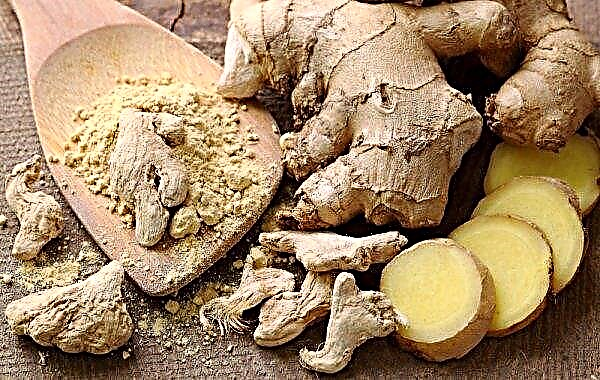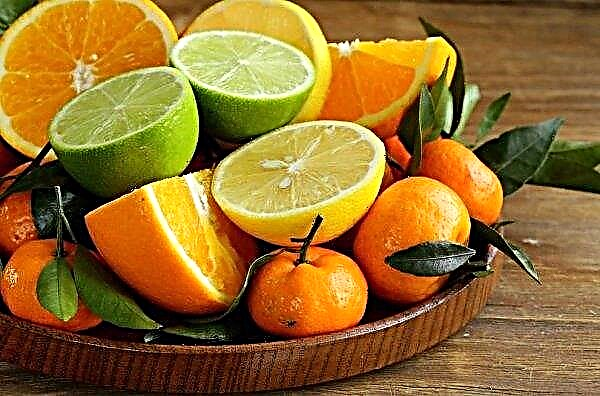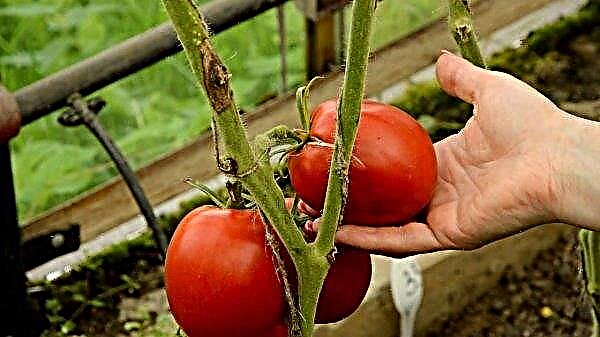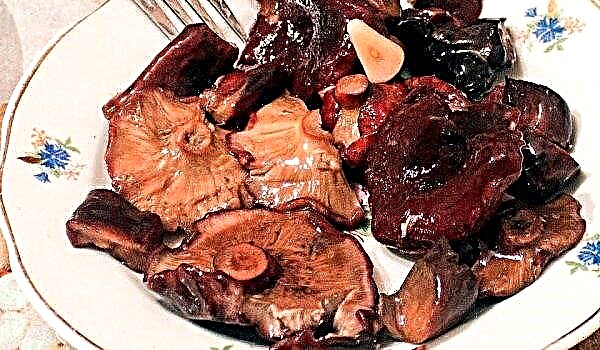Grasshoppers and crickets can contribute to providing the world's growing population with protein. In the study, scientists offered grasshoppers different options for dry food, and then controlled the weight of adult insects.
Since insects allegedly produce little greenhouse gas, are nutritious, and grow rapidly, there has been a stir in recent years: they are touted as superfoods of the future, as cheap protein suppliers that also use every conceivable residue.
For the first time, an international research group with the participation of the Technical University of Munich (TUM) checked which feeds would be suitable for "environmentally friendly factory cultivation" of crickets and grasshoppers.
In the wild, both genera feed on leaves. But the year-round supply of large farms with insects with fresh herbs is almost impossible to realize. At the renowned International Center for Insect Physiology and Ecology (ICIPE) in Nairobi, the group investigated how these two species reacted to different food options.

The insects were given various versions of dry food containing corn starch, protein-rich and fiber-rich leaves of wigna, protein-rich soybean extract, and vitamin-rich carrot powder.
“The result surprised us,” recalls Wilhelm Windisch, professor of animal nutrition at the Technical University of Munich, “we knew that the metabolism and digestion of insects is somewhat different from previously common farm animals such as cows, pigs and chickens. What we did not expect were huge differences between grasshoppers and crickets. ”

Where the differences come from is not yet clear: in their next project, researchers want to find out which enzymes in the intestines of various insects are active and which, for example, can convert plant fibers to glucose.


